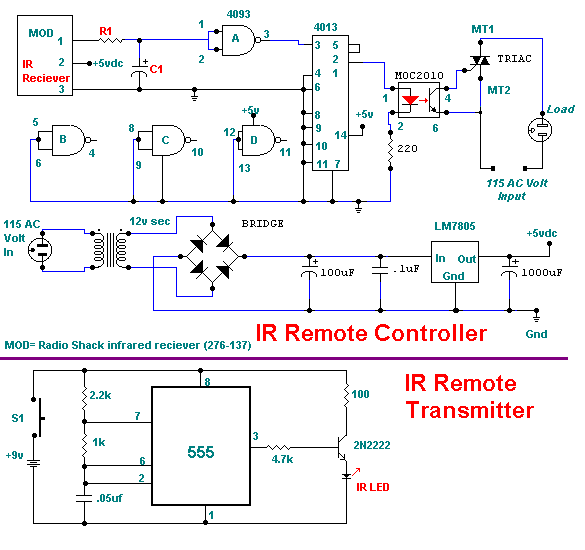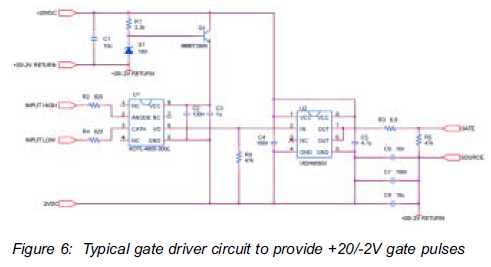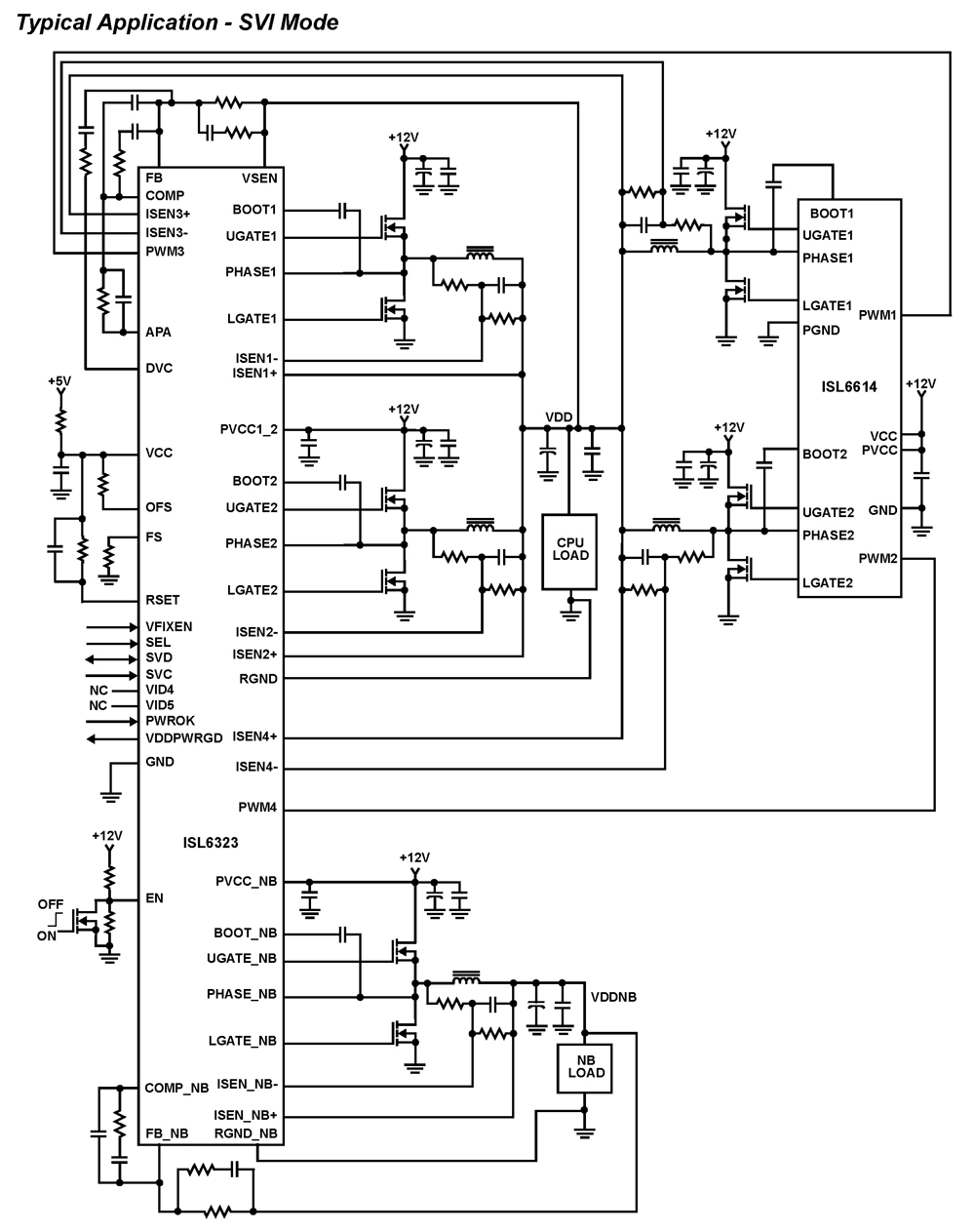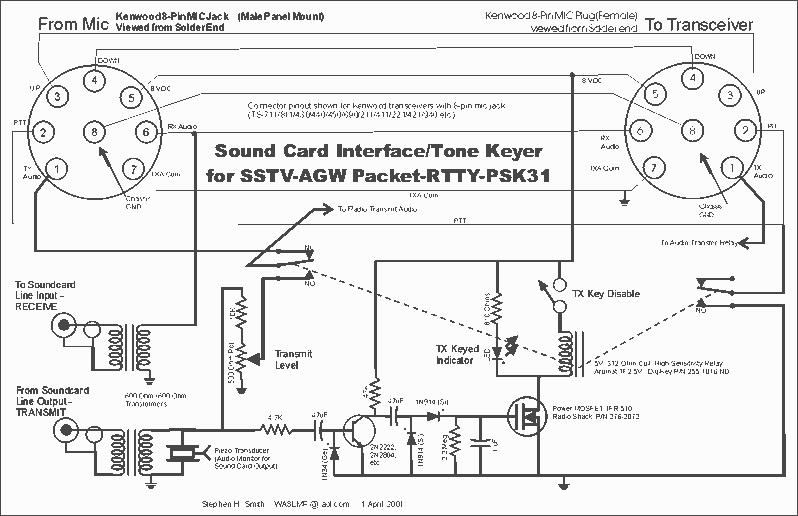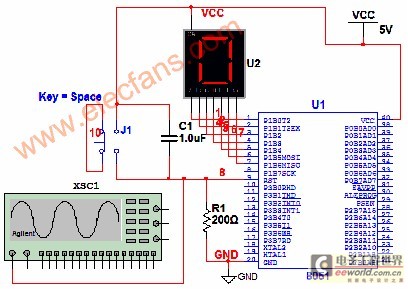
Infrared Toy Car Motor Controller
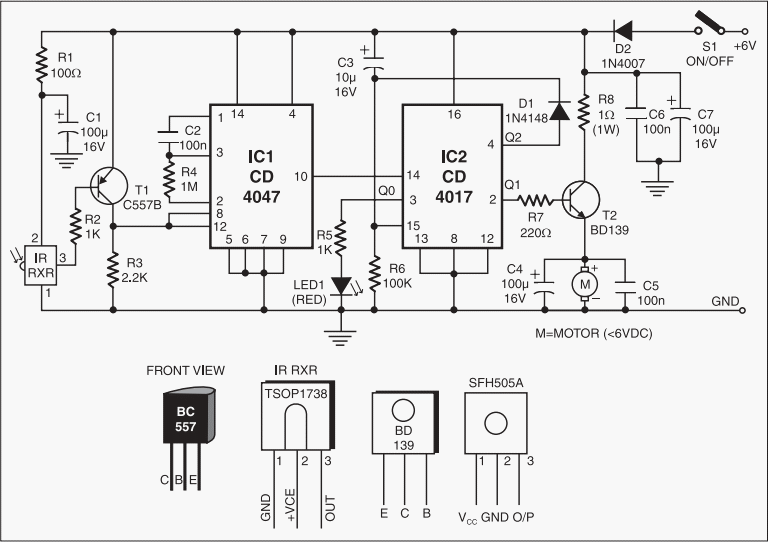
This add-on circuit enables remote switching on/off of battery-operated toy cars using a TV/video remote control handset operating at 3040 kHz.
The described circuit utilizes a remote control system to facilitate the wireless operation of battery-powered toy cars. The primary component of this system is a receiver module that is compatible with the frequency of 3040 kHz, which is commonly used by many consumer remote controls.
The circuit typically includes a microcontroller or a simple logic circuit that interprets the signals received from the remote control. When a button on the remote is pressed, the transmitter sends a modulated infrared signal, which is detected by the receiver. The receiver module then converts the infrared signal into an electrical signal that can be processed by the microcontroller.
Upon receiving the signal, the microcontroller activates a relay or a transistor switch that controls the power supply to the toy car. This allows the user to turn the toy car on or off remotely, enhancing the functionality and user experience.
In terms of power supply, the circuit can be powered by the same battery used in the toy car, ensuring that the entire system remains compact and efficient. Additional components may include resistors, capacitors, and diodes to stabilize the circuit and protect against voltage spikes.
Overall, this add-on circuit provides a convenient and innovative solution for remote control operation of battery-operated toy cars, utilizing existing remote control technology to enhance playability.This add-on circuit enables remote switching on/off of battery-operated toy cars with the help of a TV/video remote control handset operating at 3040 kHz.. 🔗 External reference
The described circuit utilizes a remote control system to facilitate the wireless operation of battery-powered toy cars. The primary component of this system is a receiver module that is compatible with the frequency of 3040 kHz, which is commonly used by many consumer remote controls.
The circuit typically includes a microcontroller or a simple logic circuit that interprets the signals received from the remote control. When a button on the remote is pressed, the transmitter sends a modulated infrared signal, which is detected by the receiver. The receiver module then converts the infrared signal into an electrical signal that can be processed by the microcontroller.
Upon receiving the signal, the microcontroller activates a relay or a transistor switch that controls the power supply to the toy car. This allows the user to turn the toy car on or off remotely, enhancing the functionality and user experience.
In terms of power supply, the circuit can be powered by the same battery used in the toy car, ensuring that the entire system remains compact and efficient. Additional components may include resistors, capacitors, and diodes to stabilize the circuit and protect against voltage spikes.
Overall, this add-on circuit provides a convenient and innovative solution for remote control operation of battery-operated toy cars, utilizing existing remote control technology to enhance playability.This add-on circuit enables remote switching on/off of battery-operated toy cars with the help of a TV/video remote control handset operating at 3040 kHz.. 🔗 External reference
